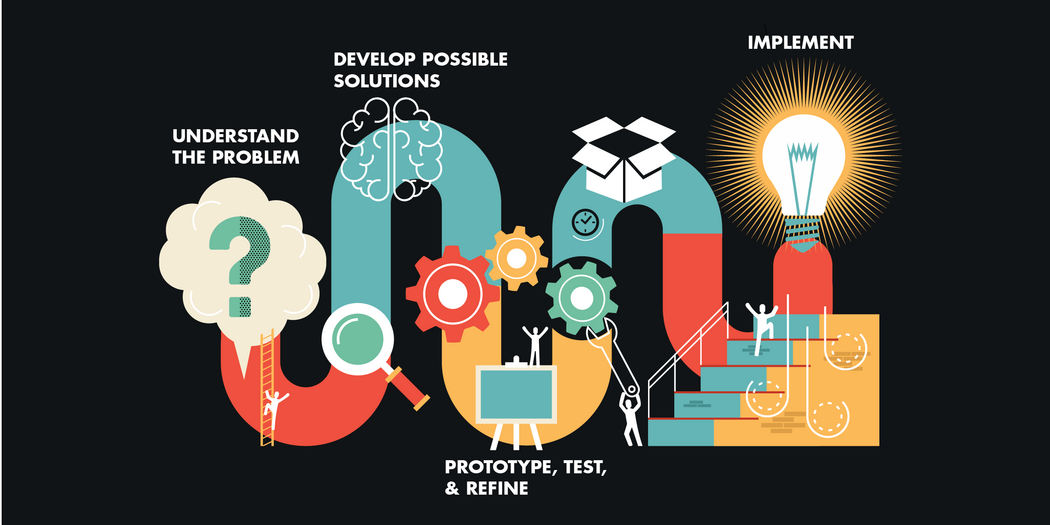
Design Thinking: Screenplay!
Jul 25 2023
Design thinking originally came about as a way of teaching engineers how to approach problems creatively, like designers do. One of the first people to write about design thinking was John E. Arnold, professor of mechanical engineering at Stanford University. In 1959, he wrote “Creative Engineering,” the text that established the four areas of design thinking. From there, design thinking began to evolve as a “way of thinking” in the fields of science and design engineering—as can be seen in Herbert A. Simon’s book “The Sciences of the Artificial” and in Robert McKim’s “Experiences in Visual Thinking”.
 Implementing design thinking in the filmmaking process can lead to more innovative, audience-centric, and engaging films. Design thinking is a problem-solving approach that prioritizes understanding users (in this case, the audience) and their needs to create meaningful and impactful experiences. Here’s how you can apply design thinking principles to filmmaking:
Implementing design thinking in the filmmaking process can lead to more innovative, audience-centric, and engaging films. Design thinking is a problem-solving approach that prioritizes understanding users (in this case, the audience) and their needs to create meaningful and impactful experiences. Here’s how you can apply design thinking principles to filmmaking:

Empathize with the Audience:
Conduct research to understand the target audience’s preferences, interests, and expectations.
Create user personas to gain insights into the different types of viewers you want to cater to.

Define the Core Message:
Clearly define the central message or theme you want to convey through your film.
Identify the emotions you want the audience to feel while watching the film.
Ideation and Brainstorming:
Encourage a collaborative environment where the creative team can brainstorm ideas freely.
Utilize techniques like mind mapping, storyboarding, and brainstorming sessions to generate innovative concepts.
Prototype and Test:
Create a rough draft or a prototype of the film’s structure and key scenes.
Test the prototype with a small group of representative audience members and gather feedback.
Iterative Approach:
Embrace an iterative process where you refine and improve the film based on feedback and insights from tests.
Be open to making changes and adjustments throughout the filmmaking process.
Collaboration and Multi-disciplinary Teams:
Encourage collaboration between writers, directors, producers, cinematographers, and other crew members to bring diverse perspectives to the project.
Consider involving experts from fields such as psychology, sociology, or anthropology to gain deeper insights into the audience’s mindset.
Visual and Aesthetic Considerations:
Apply design thinking principles to the visual elements of the film, such as set design, costumes, and lighting, to create a cohesive and emotionally resonant experience.
Emphasize Storytelling:
Place a strong emphasis on storytelling that connects with the audience emotionally.
Use storytelling techniques, such as character development and narrative arcs, to engage the audience throughout the film.
Test with Focus Groups:
Conduct focus group sessions with a diverse set of audience members to gather valuable feedback before finalizing the film.
Analyze Feedback and Data:
Analyze audience feedback and data from screenings or test viewings to inform further improvements and adjustments.
By integrating design thinking into the filmmaking process, you can create films that better resonate with the audience and provide a more fulfilling cinematic experience. Remember that flexibility, empathy, and a user-centric approach are key to successful implementation.
Sai Vijendhiran
